UV Spot Coating Machine
UV Spot Coating Machine Specification
- Type
- Screen Printing Machine
- Material
- M S
- Capacity
- 1500 Pcs/hr
- Printing Speed
- 1500 PPM
- Computerized
- No
- Automatic Grade
- Semi-Automatic
- Plate Type
- Screen Printer
- Print Direction
- Bi-Directional
- Ink Type
- UV Curing Ink
- Color Management
- Other
- Control System
- Human Machine Interface
- Power
- 5 Horsepower (HP)
- Width
- 5 Foot (ft)
- Weight (kg)
- 1100 Kilograms (kg)
- Dimension (L*W*H)
- 14 Foot (ft)
- Warranty
- 1 year
UV Spot Coating Machine Trade Information
- Minimum Order Quantity
- 1 Unit
- FOB Port
- Mumbai
- Payment Terms
- Cash Against Delivery (CAD), Cash Advance (CA), Cash in Advance (CID)
- Supply Ability
- 4 Units Per Month
- Delivery Time
- 10 Days
- Sample Available
- No
- Sample Policy
- Contact us for information regarding our sample policy
- Main Export Market(s)
- Asia, Eastern Europe, Western Europe, Africa
- Main Domestic Market
- All India
About UV Spot Coating Machine
A UV spot coating machine is a specialized finishing machine that applies a clear highgloss or sometimes matte UVcurable varnish to specific predefined areas of a printed sheet The coating is then instantly cured by ultraviolet light This process creates a striking contrast between the coated glossytextured and uncoated usually matte or semigloss areas enhancing visual appeal and tactile experience Its widely used for premium printing packaging business cards brochures and book covers to make logos images or text pop
In Faridabad Haryana India you can find manufacturers and suppliers of UV spot coating machines such as Decent Print Lines P3 Machinery SK Ensure Machinery Private Limited Pearl Print Pack Taniya Machinery Private Limited Dashmesh Print Line Lolita Manufacturing Works and Kamal Sales Corporation
Heres a detailed breakdown of specifications for a UV spot coating machine
I Core Functionality Technology
Application Method
Screen Printing Based This is the most common method for spot UV A screen with an open area corresponding to the spot design is used The UV varnish is pushed through this open area onto the substrate
OffsetFlexo Plate Based Some highend machines use a printing plate similar to offset or flexo to transfer the spot UV varnish These are often integrated with offset presses or operate as highspeed standalone units
Digital Spot UV DVS Digital Varnish System Emerging technology that uses inkjet print heads to digitally print the UV varnish Offers high versatility variable data capabilities and no need for platesscreens but often at a higher cost for the machine
UV Curing Technology
UV Lamps Highintensity UV lamps usually mercury vapor lamps are used to instantly cure the applied varnish
LED UV Emerging Uses LED lights for curing Offers lower energy consumption longer lamp life and less heat generation but UV LED varnishes can be more expensive
Contrast Effect
High Gloss Spot UV Most common providing a shiny reflective finish
Matte Spot UV Less common but can create a subtle elegant contrast
Textured3DRaised Spot UV DripOff Achieved by applying a specific varnish often a matte one in combination with the spot UV creating a tactile raised effect
II Key Specifications
Automation Grade
ManualSemiAutomatic Operator manually feeds sheets into the machine which then automatically applies the spot coating and cures it Output is also often manually stacked Common for smaller or midrange machines in India
Automatic Features automatic feeding eg suction feeder precise registration coating application curing and automatic deliverystacking Designed for high volume
Maximum and Minimum Sheet Size
This is critical as it defines the working envelope of the machine
Max Sheet Size Commonly ranges from 18 x 24 457 x 610 mm to 30 x 40 762 x 1016 mm or larger for industrial models eg 40 x 55
Max PrintingCoating Area Slightly smaller than the max sheet size due to gripper margins For example a machine handling 18x24 sheets might have a max coating area of 15x22 381 x 559 mm or 456 x 610 mm
Min Sheet Size Can be as small as 85 x 11 216 x 279 mm or even smaller for specialized machines eg 125 x 180 mm
Material Thickness Compatibility GSM
PaperBoard Typically handles a range from 80 GSM or 200 GSM in some cases up to 450 GSM Some robust machines can handle up to 600 GSM or thicker board
Can also be used on some plastic sheets PVC PET
PrintingCoating Speed Impressions Per Hour IPH
SemiAutomatic Often ranges from 800 to 1500 IPH Some models like those from P3 Machinery list up to 1300 IPH or 1000 sheets per hour
Automatic Can achieve much higher speeds from 2000 to 5000 IPH or even 8000 sheets per hour for highspeed industrial models
ScreenPlateHead System depending on technology
For Screen Printing Based Machines
Max Screen Frame Size The largest screen frame that can be mounted eg 24 x 30 or 30 x 40
MicroRegistration Highly precise XY axis and rotational adjustments for aligning the screen with the preprinted image
Squeegee and Flood Bar Adjustable pressure angle and stroke for optimal varnish application
For Digital Spot UV
Inkjet Print Heads Specifications on the type and number of print heads
UV Lamp Specifications
Number of Lamps Typically 1 to 2 UV lamps for curing
Lamp Power Measured in kW or Winch eg 56 kW x 2 lamps or 200500 Winch Higher power ensures faster and more complete curing
Cooling System Integrated blowers and exhaust systems to dissipate heat
Lamp Life Manufacturerspecified expected lifespan
Safety Features UV shielding automatic lamp shutoff when covers are open or conveyor stops
Feeder System
Manual Feeding Simplest operator places each sheet
Automatic Suction Feeder Uses vacuum suckers to pick up and feed sheets one by one ensuring consistent feeding
Pile Height Max stack height the feeder can handle
Delivery System
Conveyor Often a mesh belt or roller conveyor to transport sheets through the UV curing unit
Receding StackerAutomatic Stacker Neatly collects coated sheets
Jogger To align sheets on delivery
Power Requirements
Voltage Commonly 220V single phase for smaller models or 380V415V440V three phase for larger more automated machines
Total Power Consumption kWHP Varies widely from 15 kW to 16 kW or more depending on the machines size automation and UV lamp power
Machine Dimensions and Weight
Crucial for factory layout Spot UV machines can be quite compact or fairly large
Weight can range from a few hundred kg eg 300400 kg for semiautomatic to over 1500 kg for automatic models
III Additional Features
Precise Registration System Essential for accurate spot UV placement Features like front lay side lay and finetuning adjustments for precise alignment with preprinted images
Vacuum Table To hold the sheet flat and stable during the coating process
InkVarnish Circulation System Ensures consistent supply of UV varnish to the application unit
Automatic Cleaning System For rollers or screen simplifying maintenance
Centralized Lubrication System For smooth operation and reduced wear
Touch Screen Control Panel For userfriendly operation setting parameters and monitoring
Emergency Stop Button For operator safety
Versatility Some machines can do both full flood UV coating and spot UV coating
OnlineOffline Capability Can be a standalone offline unit or integrated with a printing press for online finishing
When looking for a UV spot coating machine in Faridabad its highly recommended to contact local manufacturers directly such as those mentioned earlier They can provide specific model specifications pricing which can vary widely from around 125 Lakh to 20 Lakhs or more depending on features and automation and demonstrations based on your exact production needs
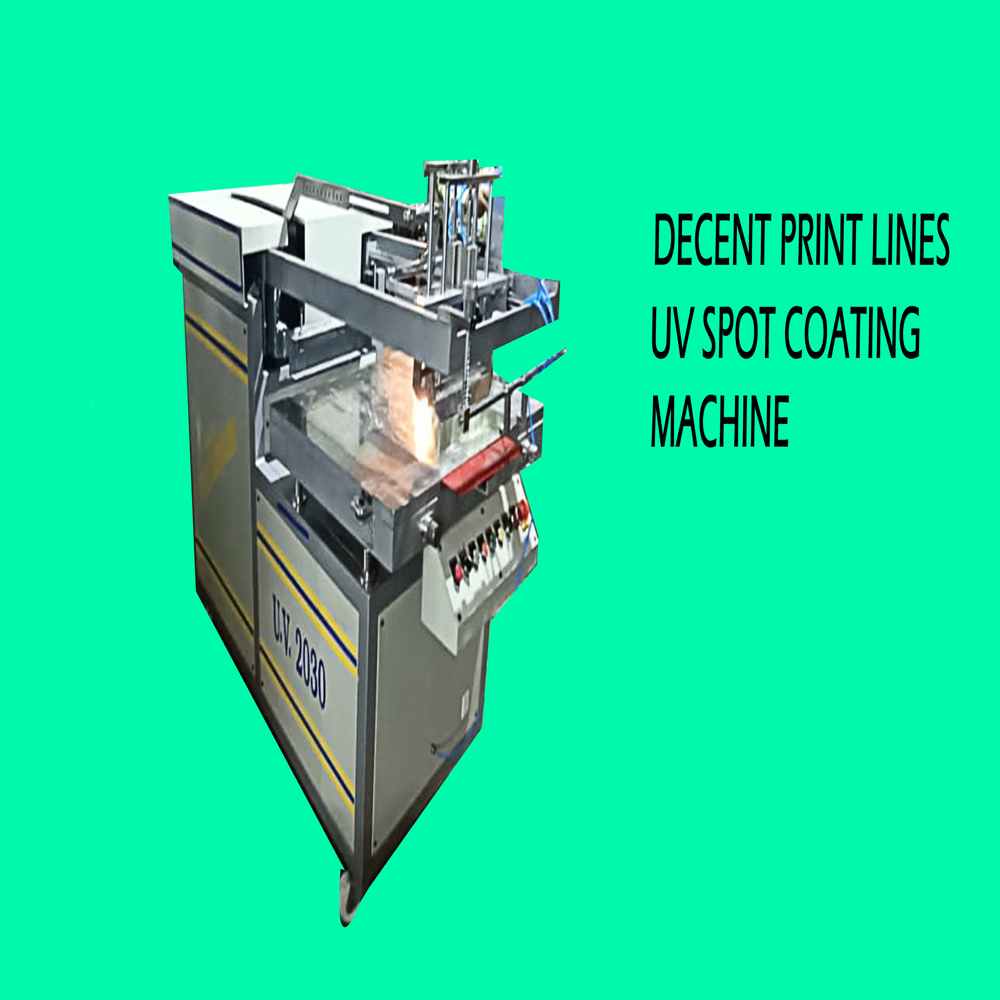
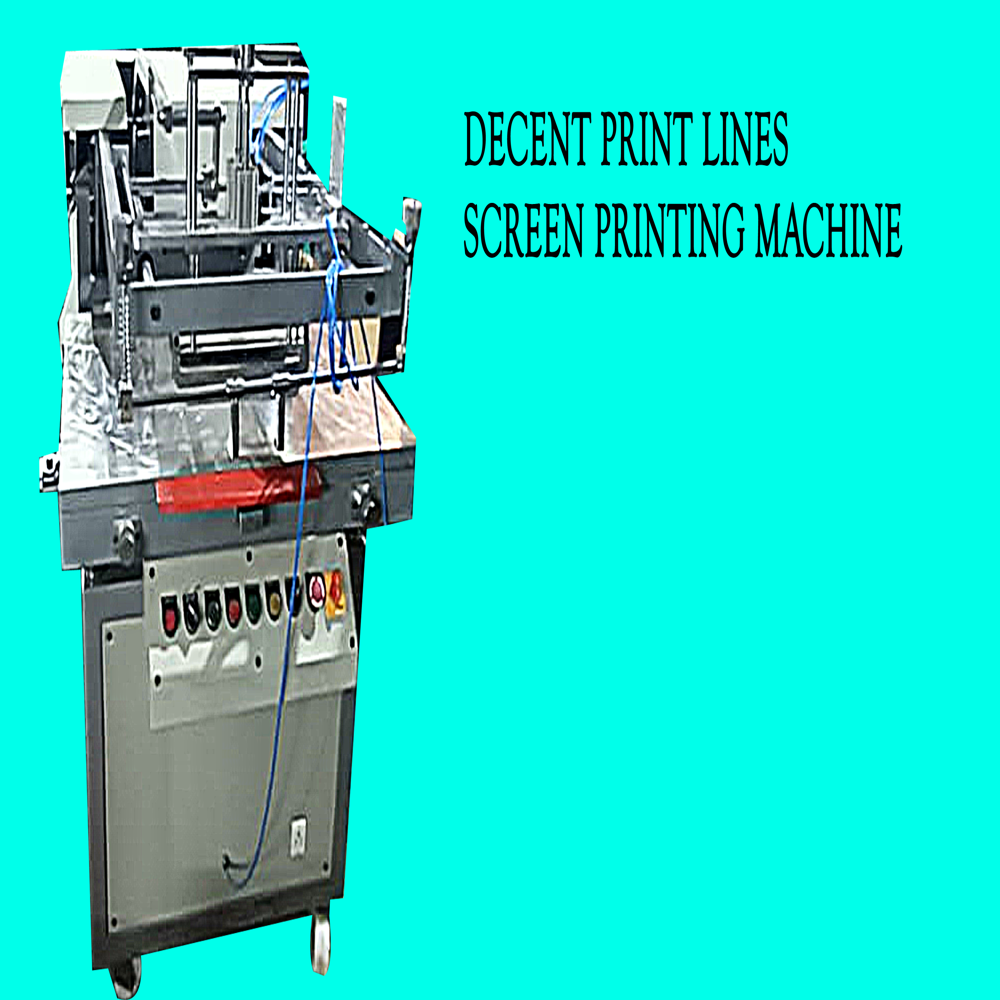
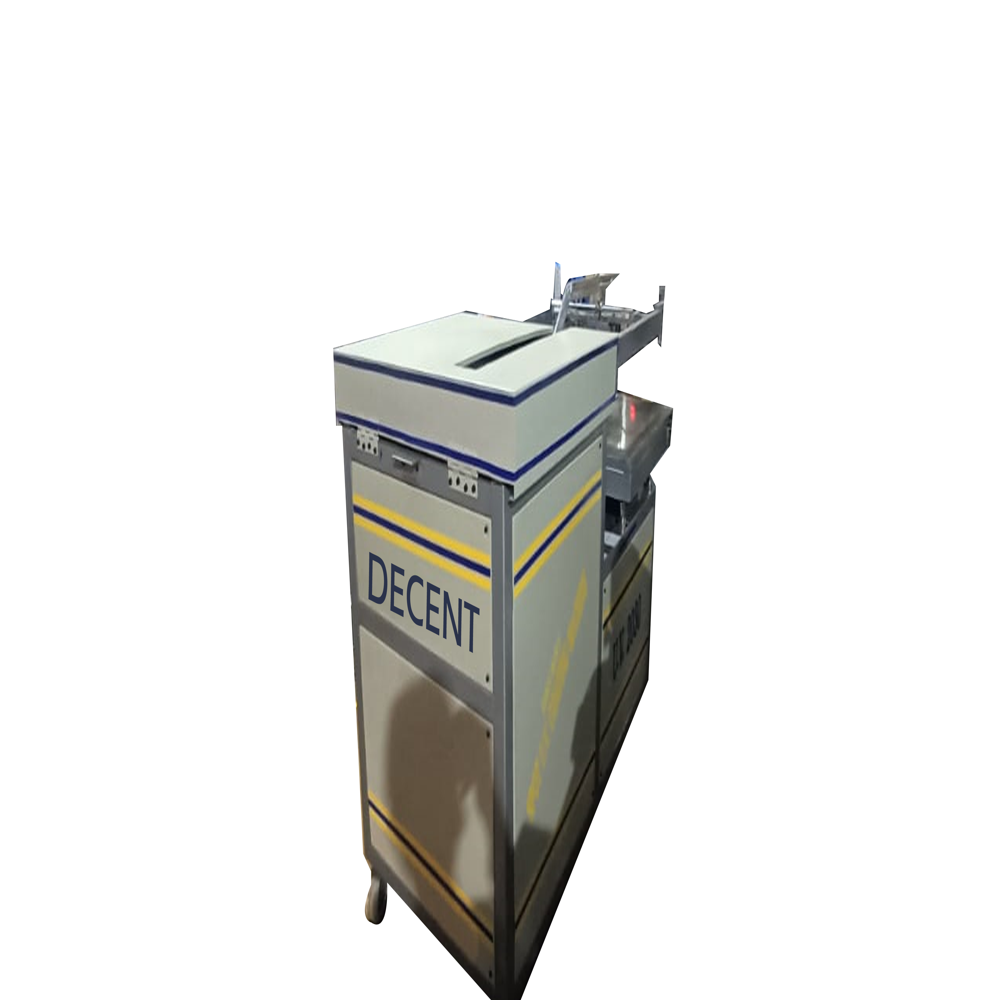
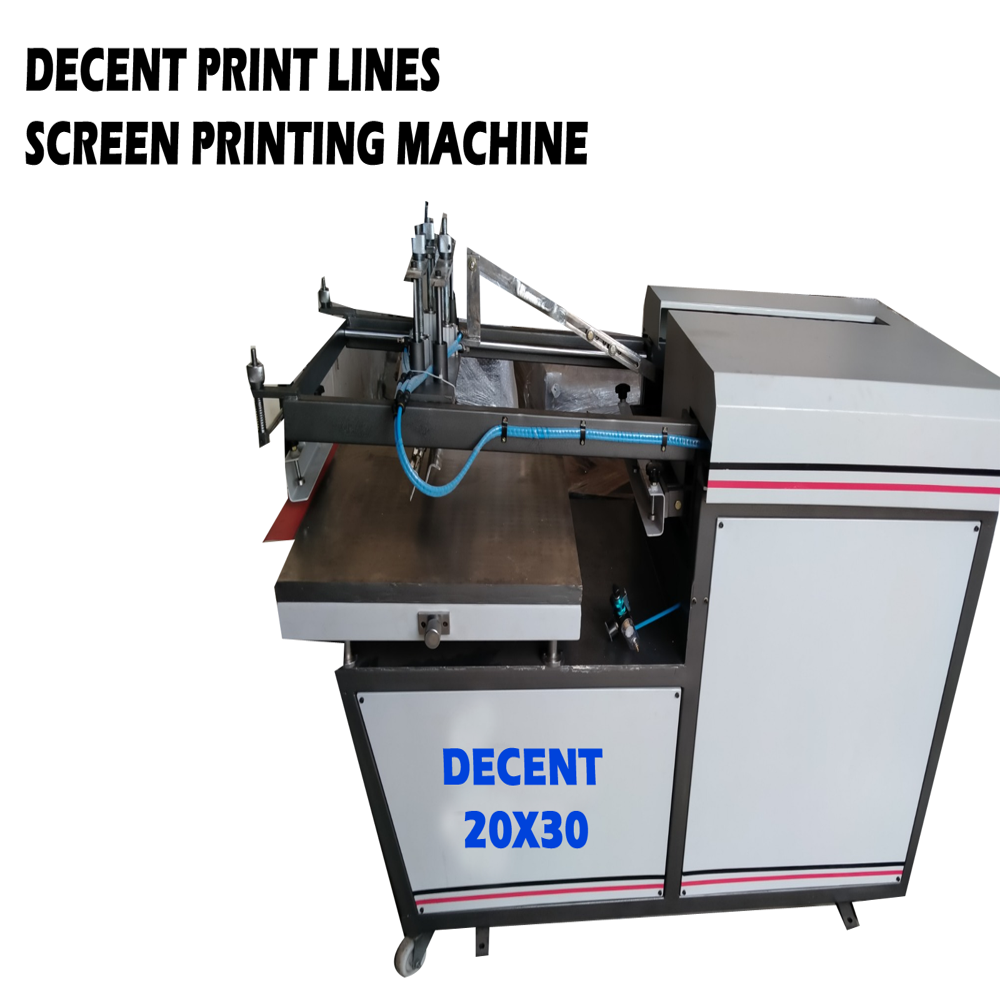
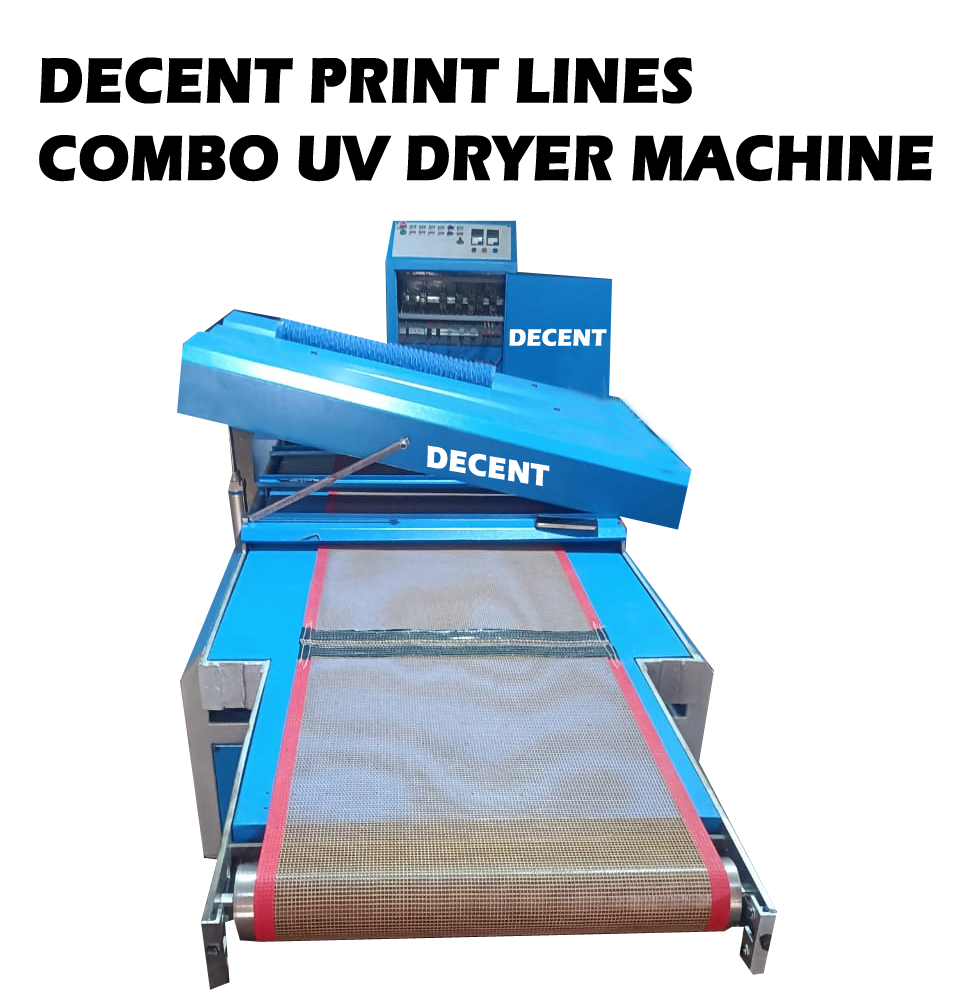
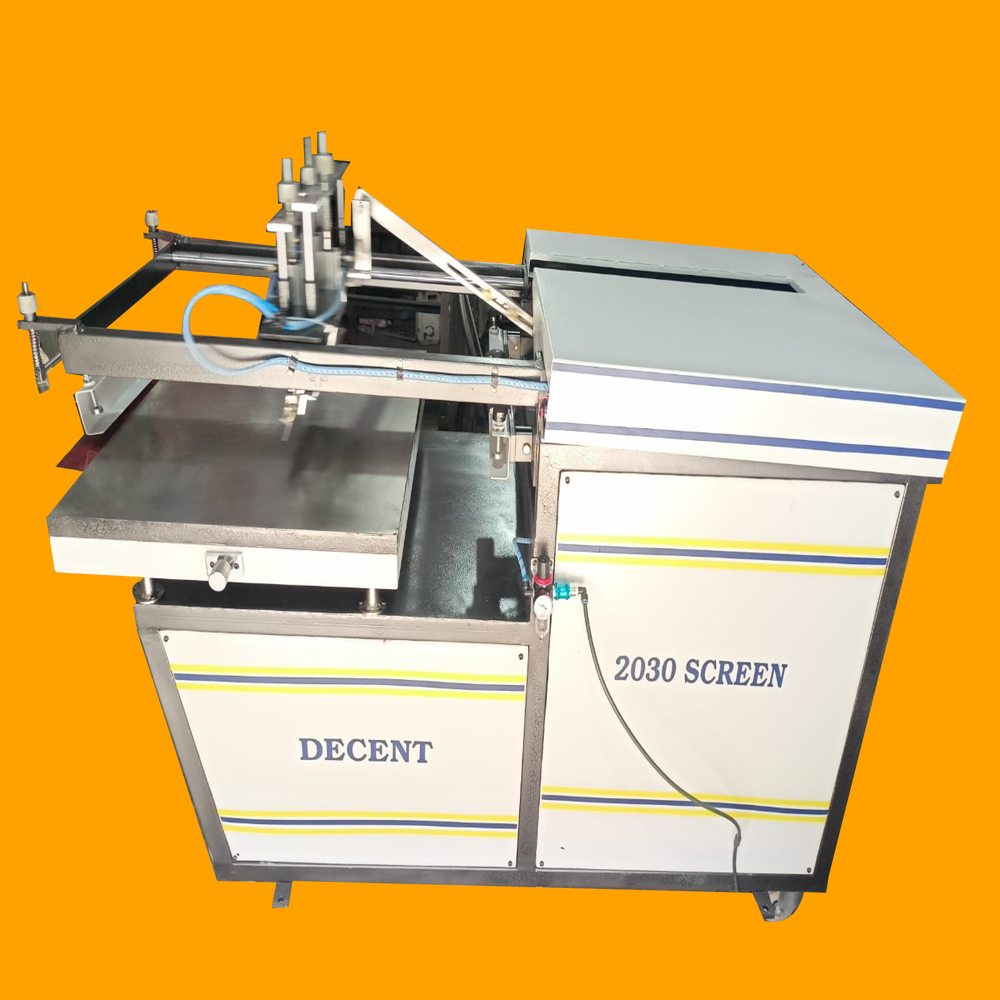

Price:
- 50
- 100
- 200
- 250
- 500
- 1000+
More Products in Flat Screen Printing Category
Flat Screen Printing Machine
Price 250000 INR / Set
Minimum Order Quantity : 1 Piece
Material : MS
Type : Printing and uv coating
Computerized : No
Warranty : 1 year
Screen Printing Machine
Price 250000.0 INR / Unit
Minimum Order Quantity : 1 Unit
Material : Plastic
Type : Offset Printing Machine
Computerized : Yes
Warranty : Placeholder Value
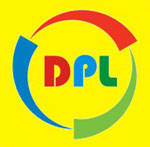

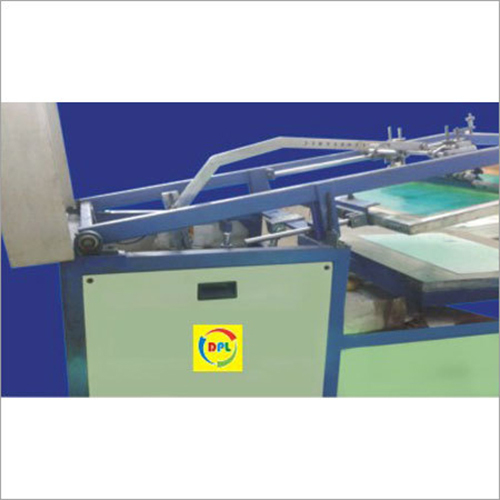
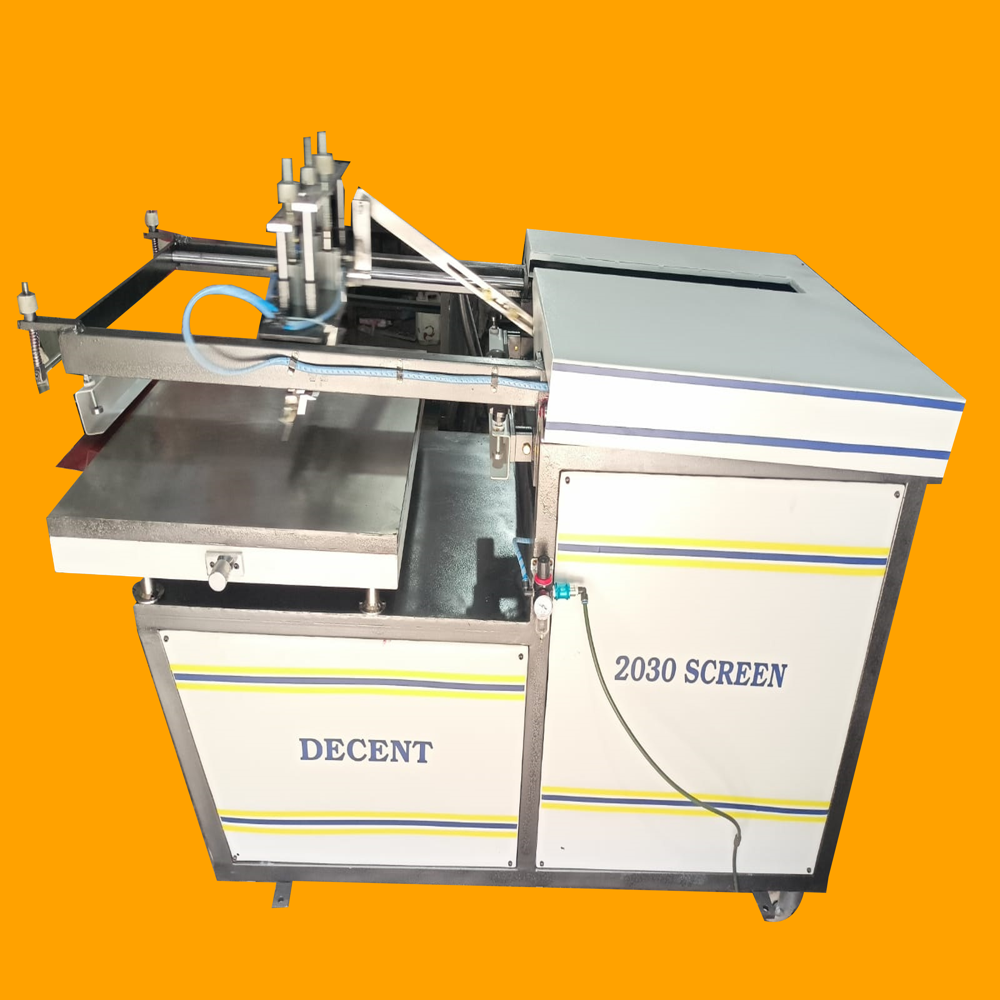


 Send Inquiry
Send Inquiry Send SMS
Send SMS Call Me Free
Call Me Free English
English Spanish
Spanish French
French German
German Italian
Italian Chinese (Simplified)
Chinese (Simplified) Japanese
Japanese Korean
Korean Arabic
Arabic Portuguese
Portuguese